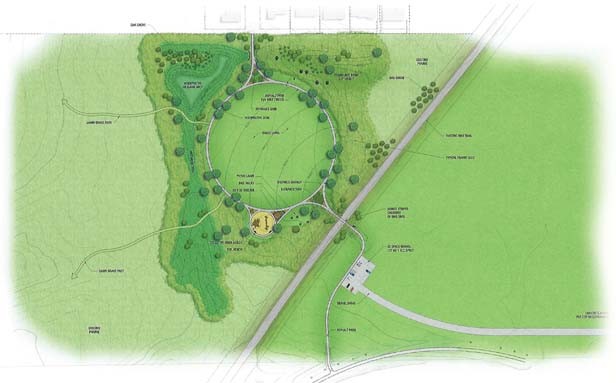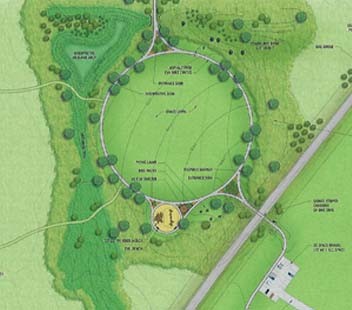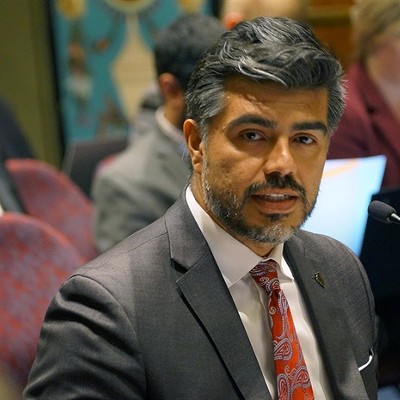
The Springfield Park District is making a new addition to Centennial Park that nature-lovers and their kids will be able to enjoy at the same time.
The new development is a 20-acre area in the northwest corner of Centennial Park, which will feature a toddler’s playground, a 20-by-20 picnic shelter, a fitness station and environmental areas with wetlands, prairie, savanna and native tree plantings. All of these areas will be connected by a looped recreation area that park visitors may ride bicycles on, while also connecting to existing paths in Centennial Park.
Centennial Park is a 190-acre park on the southwest side of Springfield, added to the park district in 1997. Bunker Hill Road borders the park to the south, while Lenhart Road runs along the east side.
Elliott McKinley, director of parks for the Springfield Park District, says the children’s playground (primarily for children ages three to five) will be an 80-foot circular area that will feature “a small play structure with two slides and a crossing bridge from one platform to the other.” The playground will also have a three-bay swing set, with six swings. All of the playground equipment will be ADA (Americans with Disabilities Act) accessible.
Within the circular playground area, there will also be a fitness station with four workout activities McKinley says.
“You can stretch out at the station for your morning walk or if you have the little ones with you, you can still do your workout and supervise the kids in that area,” McKinley said. “It won’t be scattered all over the place. It will be focused in the toddler area.”
Michael Stratton, executive director of the Springfield Park District, says the floor for the fitness area will be a “traditional Fibar mix.”
“It’s like loose mulch, but it’s more of a safety surface material than mulch,” Stratton said. “It’s what we normally put in the parks. It’s the most cost-effective material and the most accessible for disabled individuals.”
McKinley says that in addition to the environmental areas, which will feature wetlands, prairie, savanna and native tree plantings, there will be signs to educate park visitors about the different types of plantings used in the area, while also informing them about the drainage situations in the area.
The SPD received funding for the new development within Centennial Park through a $400,000 Open Space Lands Acquisition and Development grant, which is through the Illinois Department of Natural Resources, Stratton says. The grant is a “matching grant,” which means that the grant provides 50 percent of the funds, while the SPD has to provide the additional 50 percent of funds.
“Our part of the grant comes in either cash form or in land donations,” Stratton said. “This is a $400,000 project, but in order to get to a 100 percent funded grant, we must also put in $400,000, which is coming from land that was donated on South Second Street at Southwind Park.”
McKinley says the original concept plans for the new addition to Centennial Park came from Massie Massie & Associates, a land planning and landscape architecture firm in Springfield, but the SPD had to “tweak” the original plans to fit it into their budget.
“We scaled the size down just a little bit,” McKinley said.
McKinley says the new area will serve a purpose different from the other parts of Centennial Park.
“Up until this point this park has been more of an activity-oriented park with the tennis courts, fishing ponds, baseball fields and all that stuff,” McKinley said. “This area will incorporate more of a quiet area where families can go and have a nice quiet picnic and do some nature walks.”
Contact Neil Schneider at [email protected].

















